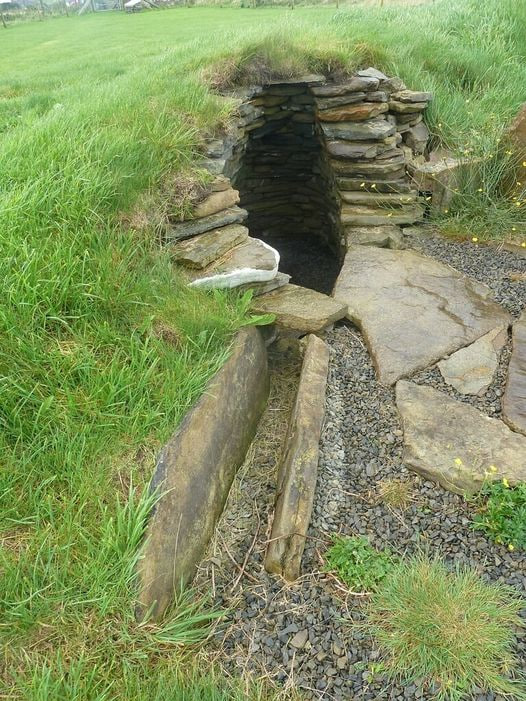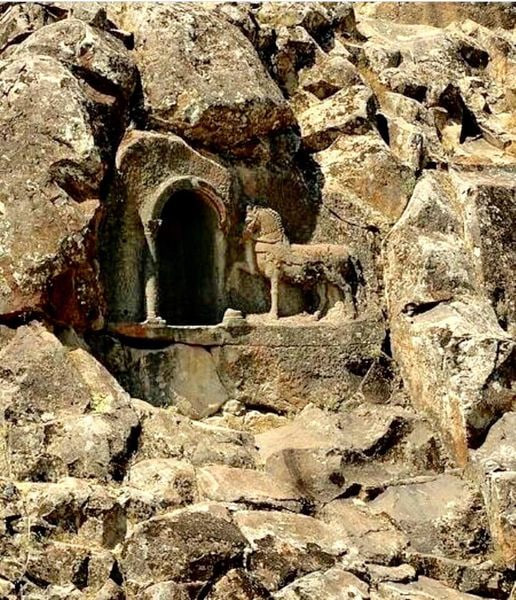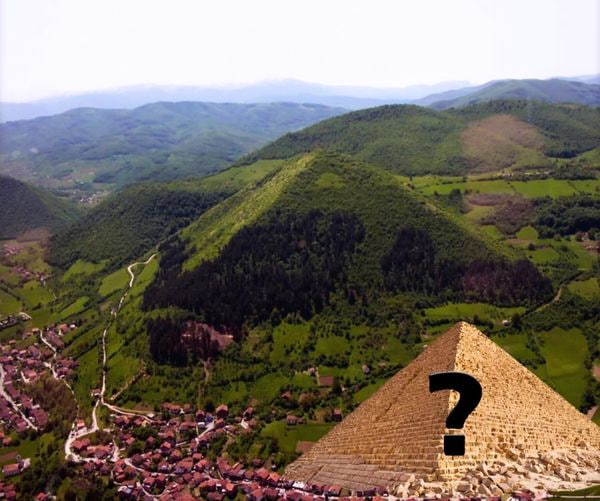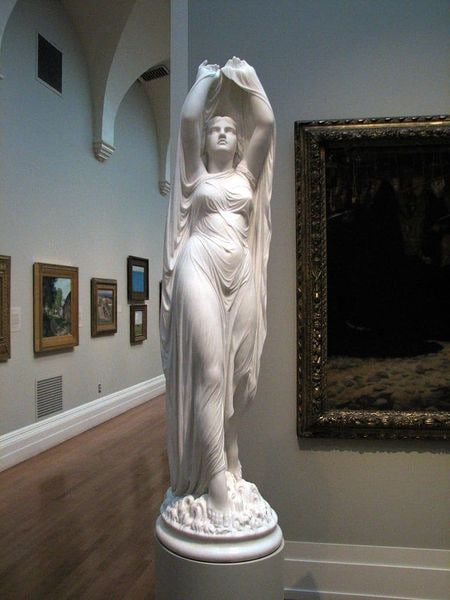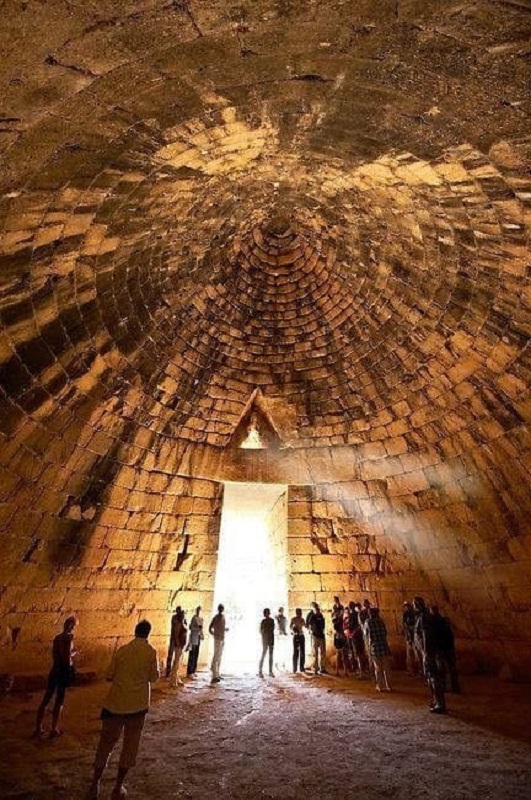In the shadowed depths of an underground tomb in Cajamarquilla, Peru, archaeologists have uncovered a mummy in a haunting pose that has captivated the imaginations of historians and onlookers alike. Discovered by a team from the National University of San Marcos, this mummy, fully bound in ropes with its hands covering its face, offers a rare glimpse into the ancient funeral practices of southern Peru. Dating back between 800 and 1200 years, the find sheds new light on the complex cultural rituals that have traversed through centuries.

A Window into Ancient Peruvian Burial Rites

The mummy’s unique position, bound and curled in the fetal posture, initially presents a chilling visage. However, far from being a signal of distress, this pose is indicative of a widespread burial custom in southern Peru, designed perhaps to emulate re-entry into a womb-like state for rebirth in the afterlife. The use of ropes to bind the body and the placement of the hands over the face are believed by researchers to play symbolic roles, likely intended to protect and prepare the deceased for their journey to the next world.

The tomb itself, located 15.5 miles inland from Lima and deeply embedded in one of Peru’s significant archaeological sites, offers further context to this discovery. Accompanying the mummy were various artifacts, including ceramics, vegetable remains, and stone tools. These items not only furnish clues about the diet and daily life of the people but also hint at the religious or cultural significance of the burial site.
Deciphering the Artifacts and Their Meanings
Each artifact found within the tomb provides a puzzle piece to the story of this ancient civilization. Ceramics may suggest the socio-economic status of the mummy or its family, indicative of wealth or access to specific trade networks. Vegetable remains can tell us about agricultural practices and dietary preferences, while stone tools reveal technological advancement and craftsmanship. These findings together paint a picture of a society deeply intertwined with its natural surroundings, utilizing local resources to sustain and express its cultural identity.
The Future of Archaeology in Peru
This discovery in Cajamarquilla not only adds a significant chapter to the history of pre-Columbian Peru but also underscores the importance of archaeology in understanding our shared human past. As excavations continue and technologies advance, archaeologists will likely unravel more about the rituals and lives of those who came before us. Each finding, like the mummy with its hands covering its face, serves as a reminder of the complexities of human societies and the timeless nature of some of our most profound existential queries about life, death, and the hereafter.
By examining these ancient relics and burial sites, archaeology does more than uncover facts; it breathes life into our understanding of history, linking the past with the present and future. As we delve deeper into the mysteries unveiled by the earth, we not only discover more about our ancestors but also about ourselves and the enduring human spirit that connects all ages.


